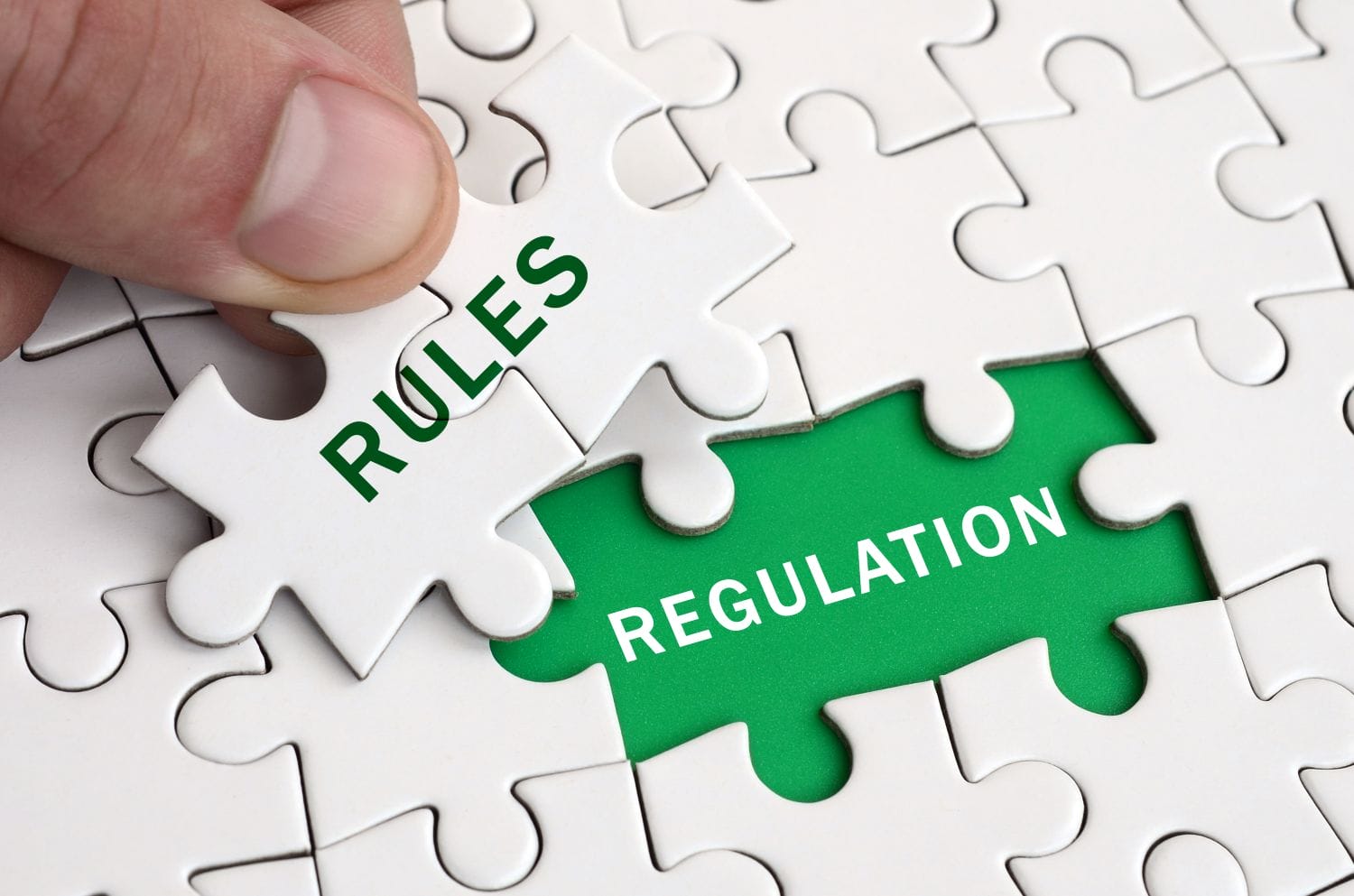What is PPE Health and Safety Compliance?
PPE (Personal Protective Equipment) Health and Safety Compliance refers to the adherence to regulations, guidelines, and standards that ensure the correct use, maintenance, and management of personal protective equipment in the workplace. This compliance is essential for protecting employees from workplace hazards, ensuring their safety, and minimizing the risk of injury, illness, or contamination. PPE health and safety compliance is governed by regulatory agencies such as the Occupational Safety and Health Administration (OSHA) in the United States and similar authorities worldwide. These regulations require employers to assess hazards, provide appropriate PPE, train employees on its usage, and ensure ongoing maintenance and inspection of the equipment.
Importance of PPE Health and Safety Compliance in the Enterprise Environment
In enterprise environments, particularly in high-risk industries like healthcare, construction, manufacturing, and chemical processing, PPE compliance is critical for ensuring worker safety. Non-compliance can result in severe consequences, including workplace accidents, financial penalties, legal liabilities, and reputational damage. Ensuring that all employees have access to the appropriate PPE, and that they understand how to use and maintain it correctly, helps prevent accidents and reduces the risk of exposure to harmful substances, chemicals, and infectious agents.
PPE compliance also includes regular audits, inspections, and training to ensure that protective equipment meets regulatory standards and is properly maintained. Enterprises that prioritize PPE health and safety compliance not only protect their workforce but also ensure adherence to legal requirements, reducing the risk of fines or shutdowns from regulatory bodies like OSHA.
Key Components of PPE Health and Safety Compliance
1. Hazard Assessments
- Purpose: Identifying potential hazards in the workplace to determine what PPE is necessary.
- Action: Conduct regular risk assessments to identify any physical, chemical, biological, or environmental hazards.
2. PPE Selection and Provision
- Purpose: Ensuring employees are provided with the right PPE based on the identified hazards.
- Action: Select and provide PPE such as gloves, goggles, respirators, and protective clothing suited to the specific risks of the job.
3. Training
- Purpose: Employees must be trained on the correct use, storage, and maintenance of PPE.
- Action: Implement regular training sessions to ensure workers understand how to wear PPE properly, and the limitations of each piece of equipment.
4. Ongoing Maintenance and Inspection
- Purpose: PPE must be regularly inspected and maintained to ensure it remains in good condition.
- Action: Set up schedules for cleaning, inspection, and replacement of PPE, ensuring it continues to offer adequate protection.
Managing PPE Health and Safety Compliance with Enterprise Software
Enterprise software can streamline the process of managing PPE health and safety compliance by automating tracking, reporting, and maintenance tasks. Key features of enterprise software for PPE compliance include:
- Compliance Monitoring: Track and monitor PPE usage across the organization to ensure employees are using the right equipment.
- Inventory Management: Keep track of PPE inventory levels, ensuring timely reordering and replacements when necessary.
- Automated Reporting: Generate compliance reports for regulatory audits and safety inspections, ensuring all PPE requirements are met.
- Training Management: Automate training schedules and certifications to ensure employees are up to date on PPE usage and safety protocols.
Conclusion
PPE Health and Safety Compliance is essential for maintaining a safe and productive workplace, protecting employees from hazards, and meeting regulatory requirements. With enterprise software, businesses can streamline compliance processes, ensuring proper PPE usage, training, and maintenance, which ultimately reduces risks, improves safety, and ensures regulatory adherence.
« Back to Glossary Index

















